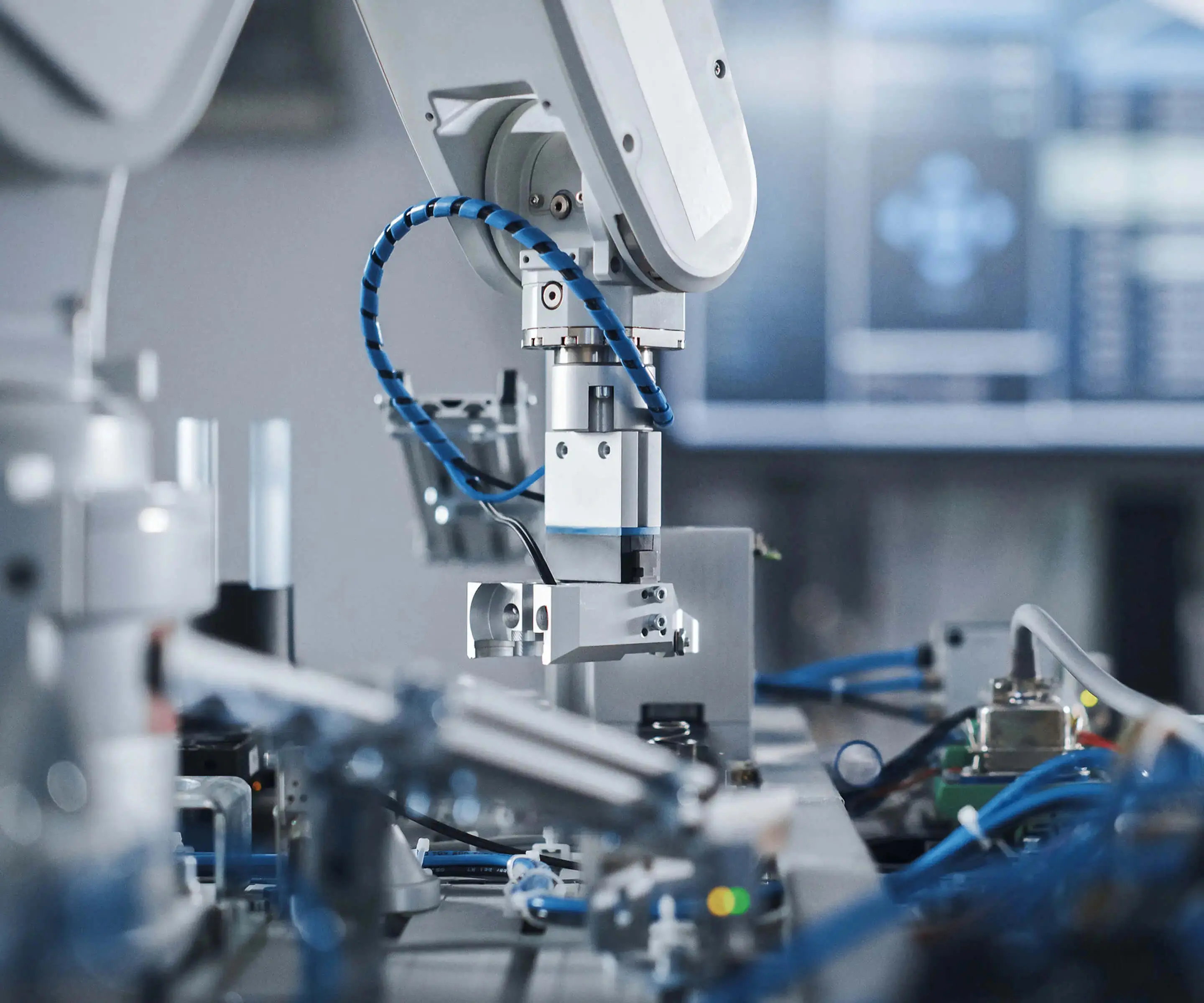Introduction: The Magic of a 360° Servomotor with Arduino
Imagine a tiny electric motor that can rotate endlessly in either direction—no stops, no locking position—only pure, smooth, continuous motion. This is the power of a 360° servomotor, often misunderstood as just another type of servo, but in reality, a versatile tool that unlocks a universe of creative potential. When combined with Arduino’s friendly programming environment, this motor becomes the heartbeat of many innovative projects—from robotic arms to art installations, and autonomous vehicles to smart home gadgets.

What Is a 360° Servomotor?
Based on standard servo principles, a 360° servomotor is designed for continuous rotation. Unlike typical servos that are limited to roughly 180° of movement, these motors can spin indefinitely in either direction. This is achieved through modification—often internal—so the control signals interpret differently, converting their positional commands into speed and direction commands instead of specific angles.
In essence, a 360° servomotor acts as a variable-speed motor, where the signal’s pulse width determines whether it spins clockwise, counterclockwise, or stays still. It’s a perfect fit for applications that require rotational motion without limits, such as wheels, fans, or rotating flags.
Why Use a 360° Servomotor with Arduino?
Arduino is renowned for its simplicity and power, making it ideal for hobbyists and professionals alike. Integrating a 360° servomotor with Arduino offers the following advantages:
Precise Control: You can program exact speed and direction, making automation smooth and predictable. Ease of Integration: Arduino’s PWM outputs make it straightforward to control the servo’s speed via software. Versatility: Suitable for robotics, art, gaming, or even automated systems that require continuous rotation. Low Cost: Many 360° servos are affordable, especially considering their potential if used creatively.
How Does It Differ from a Standard Servo?
A key point is understanding that a 360° servo is not just a standard servo with more rotation. Many 360° servos are modified or built specifically for continuous rotation by aligning their internal potentiometers differently or removing positional feedback constraints. This change turns what would normally be a positional servo into a speed-control actuator.
Getting Started: Choosing the Right 360° Servomotor
There are many options on the market, but key features to consider include:
Voltage Range: Ensure it matches your power supply (often 4.8V to 6V). Torque & Speed: Match these to your project’s needs—more torque for heavier loads, higher speed for fast movements. Compatibility: Confirm it’s labeled as a 'continuous rotation' or '360-degree' servo.
Some popular models include continuous rotation servos from brands like SG90, MG995, or even specific models from brands focused on robotics.
Connecting the 360° Servo to Arduino
Basic wiring involves three main connections:
Power (Vcc): Connect to 5V or according to the servo’s voltage requirements. Ground (GND): Connect to Arduino GND. Control Signal: Connect to a PWM-capable digital pin (like pin 9).
Use a common ground between the Arduino and the servo power supply for consistent operation.
Programming Basics: Controlling Speed and Direction
Unlike standard servos, controlling a 360° servo involves setting the PWM duty cycle to manage speed and direction. For example:
A PWM of approximately 1500 microseconds (neutral signal) stops rotation. Less than 1500 microseconds makes it spin in one direction at a certain speed. Greater than 1500 microseconds inverts rotation in the opposite direction.
Using Arduino’s Servo library, or direct PWM signals can achieve these controls. However, note that some servos respond better to specific signal ranges; always check the datasheet.
Sample Arduino Code Snippet
#include Servo myServo; void setup() { myServo.attach(9); // PWM pin } void loop() { // Spin clockwise at medium speed myServo.writeMicroseconds(1300); delay(2000); // Stop myServo.writeMicroseconds(1500); delay(1000); // Spin counter-clockwise at medium speed myServo.writeMicroseconds(1700); delay(2000); // Stop again myServo.writeMicroseconds(1500); delay(1000); }
This code demonstrates how to rotate the motor in both directions with controlled speeds. Adjust microsecond values to fine-tune performance.
Practical Projects to Explore
Continuous Rotation Robot Wheels: Create a simple robot vehicle where the wheels are driven by 360° servos, controlling speed and direction smoothly. Rotating Art Installations: Use endless rotation capability to create moving sculptures or kinetic art with precise control. Pan-and-Tilt Cameras: Combine multiple 360° servos for smooth, continuous rotation of camera mounts. Autonomous Vehicles: Enable smooth steering or wheel control for model cars or drones.
Tips and Troubleshooting
Always verify polarity and voltage compatibility before powering the servo. Use a separate power supply if controlling multiple servos to avoid voltage drops. Fine-tune timings and microsecond signals for optimal performance, as different models respond differently. Remember, some servos are noisy or produce vibrations—firm mounting and damping help.
(to follow)
Kpower has delivered professional drive system solutions to over 500 enterprise clients globally with products covering various fields such as Smart Home Systems, Automatic Electronics, Robotics, Precision Agriculture, Drones, and Industrial Automation.




































